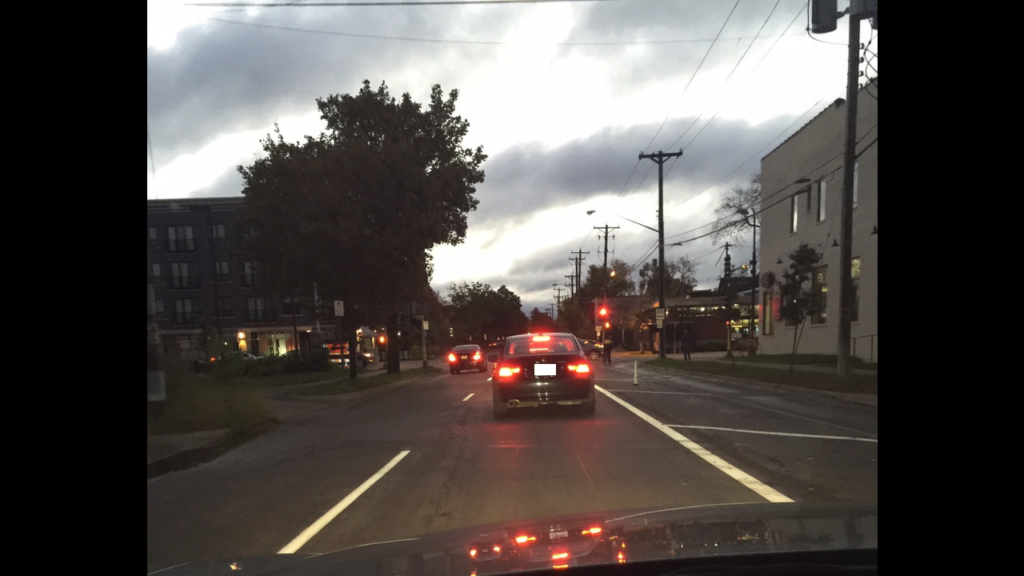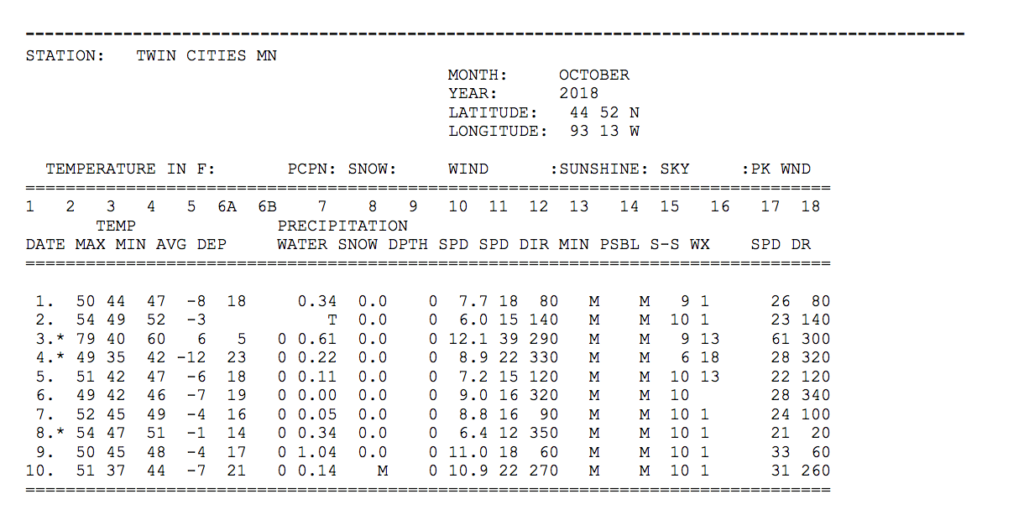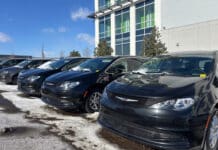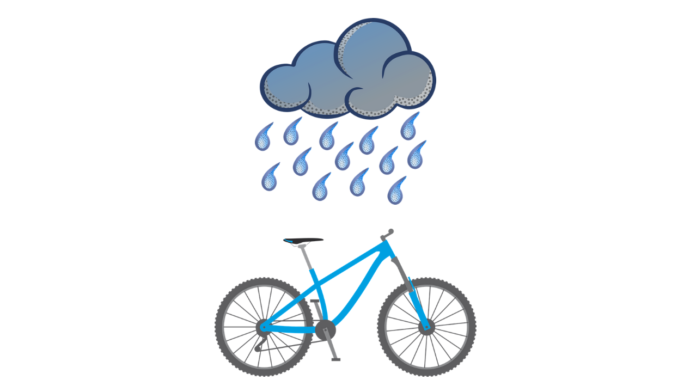City residents can now be certain that as winter comes to MN, the City Council’s decision to replace former car lanes with bike lanes to reduce vehicle traffic shall result in the worst of times–fewer car lanes during the darkest, coldest weather months while drivers are stuck in single auto lanes next to empty bike lines.
Context: The Fall 2018 issue of the Center of the American Experiment’s “Thinking Minnesota” magazine included a July study of bike commuting data in the Minneapolis Metro. Their goal was “to gauge what bike lane usage looks like during prime weather.” Their conclusion was that the City’s creation of 235 miles of bikeways, bike lanes, shared lanes and bike boulevards (many replacing former car roadways) to increase the size of the tiny 3.9% of bike commuters “has not inspired commuters to ditch their cars and climb on bikes.”
| CAE findings during prime weather?
The ratios of bikes to vehicles (cars/trucks) showed very few bikers using the bike lanes: 34 bikes: 1,025 vehicles on Washington Avenue 5 bikes: 231 vehicles on 26th Street CAE conclusion: Minneapolis should put the brakes on its bike lane aspirations and focus on what is really needed: more traffic lanes. |
My earlier test: As I reported for Alpha News in my September 15 column “Waiting in a Car Lane Next to an Empty Bike Lane,” I found an average of only 16 riders during three roundtrips on three different days during prime weather rush-hour drives. Sixteen bikes cannot possibly be reducing Minneapolis vehicle traffic. It seems reasonable that if perfect weather had such modest bike activity, Minneapolis residents shall find even this tiny number of bike commuters further reduced during our well-known harsh Minnesota winter. But…how much lower could bike commuting get in less than prime weather?
My empirical test: On October 1st the opportunity came to explore the impact of less than prime weather on bike usage. Rain was forecasted daily for the next two weeks, and on three of those days I had appointments downtown which required my driving on Minneapolis streets which were redesigned with expanded bike lanes: (1) the Parkways adjacent to Lake Calhoun (recently renamed “Bde Maka Ska”), (2) 36th Street, (3) 26th Street, (4) 28th Street, and (5) Lyndale Avenue. The total round-trip driving time represented by these three trips would be about 140 minutes. The time of each commute would vary slightly, but all would take place within the 0715 to 0930 morning rush hour.
My findings: The count shocked even me. There were NO bikers at all (none!) on the street during the worse rain day of Wednesday, October 3rd (0.61 inches of rain during 24 hours, wind speed variance for the day 12-39 mph, low temperature 40 degrees); there were only TWO bikers on the street on Thursday, October 4th – including one who was actually riding on the sidewalk (0.22 inches of rain during 24 hours, wind speed variance for the day 9-22 mph, low temperature 42 degrees); and THREE bikers on Monday, October 8th, including two talking and walking their bikes together near the intersection of Lyndale Avenue and 28th Street (0.34 inches of rain during 24 hours, wind speed variance for the day 6-12 mph, low temperature 47 degrees).

Weather check: To make certain that my three random trips (October 3, 4, and 8) were representative, I checked the weather for the entire first ten days of October. Note: column 1 shows the dates of my three travel days; columns 3 and 4 are the “high” and “low” temps, column 7 shows total rain fall; columns 10 and 11 show range of wind speeds.

Observations: My three weather days (October 3, 4, and 8) were representative of October 1-10. It rained on eight of the ten days. On these eight days the average total 24-hour rainfall had been a modest 0.34 inch. The total 24-hour rainfall on my three counting days averaged a comparable 0.39 inch. The average low temperature for the ten-day period was 42.6 degrees, comparable to the 40.7 degrees for my three measurement days. Not only were my three days a fair representation for the first third of the month of October, each day was more mild than average Minneapolis winter temperatures in January, February, and March.
Projection: City residents can now be certain that the City Council’s decision to replace former car lanes with bike lanes shall result in the worst of both worlds: fewer car lanes during the darkest and most inclement weather months while vehicle occupants trying to get to work are stuck next to empty bike lanes along our Minneapolis streets!
Conclusion: Confronted with this situation I’ll drive into downtown Minneapolis when I must, and continue Guthrie season tickets. However, my goal is to find replacements for Minneapolis attractions. I shall continue my one-man boycott, until the Minneapolis City Council puts the majority of its residents before political correctness. Perhaps others will eventually join me.








